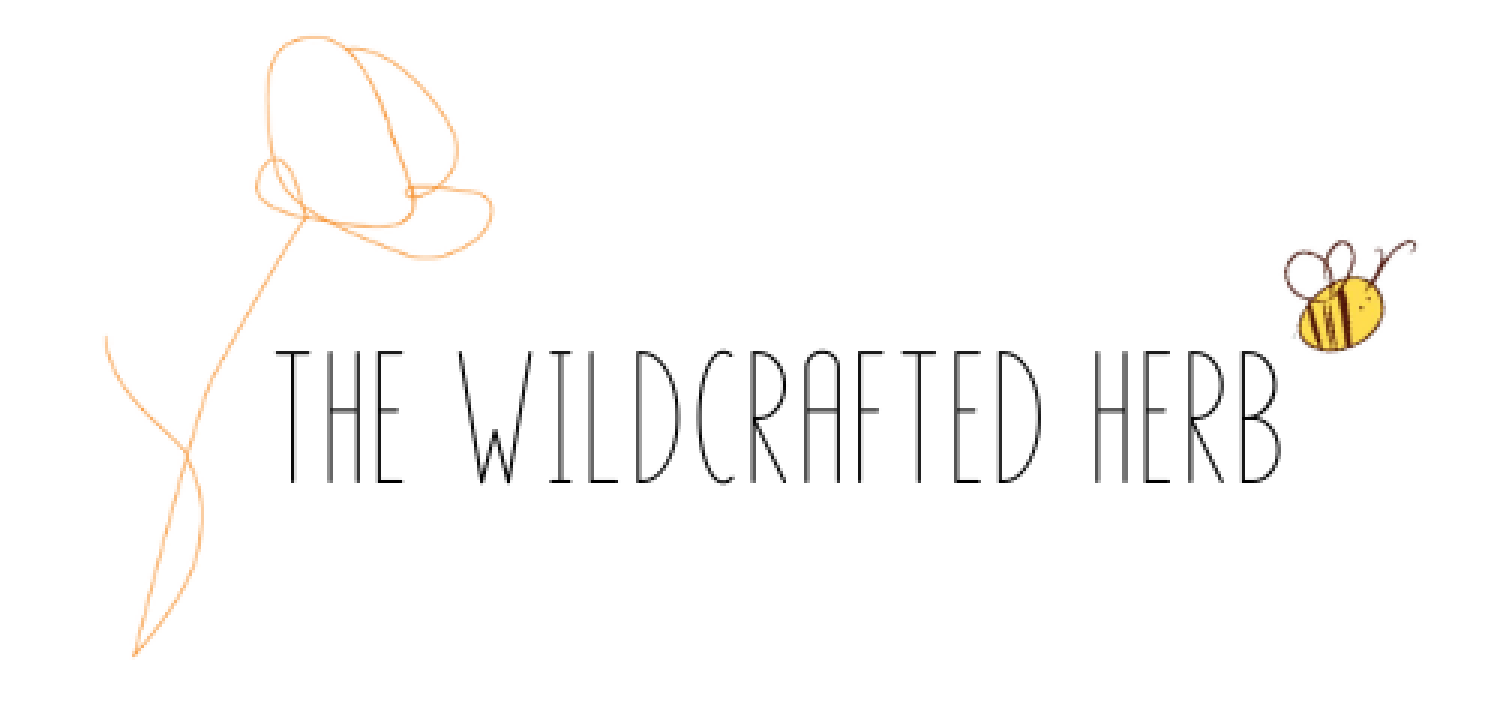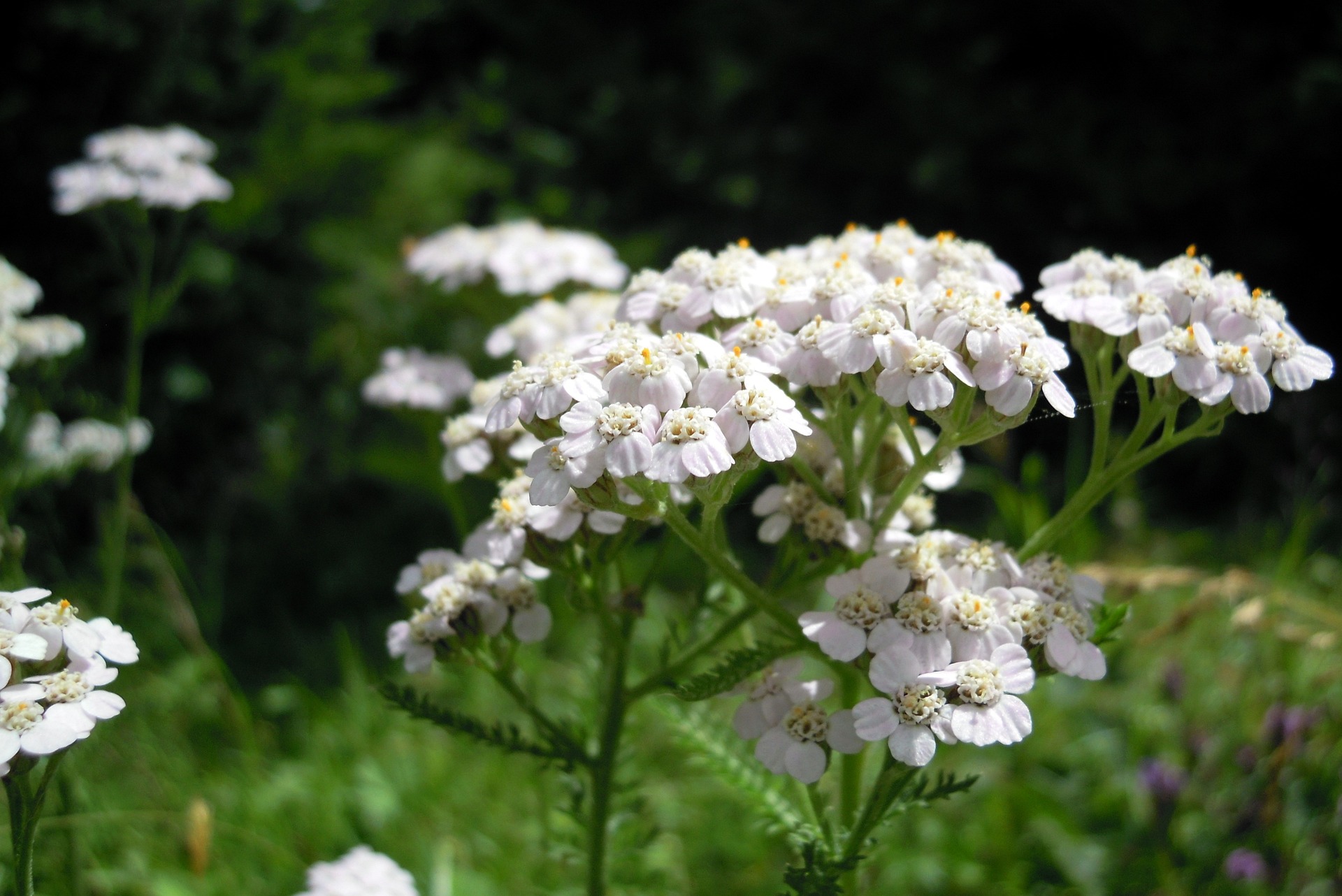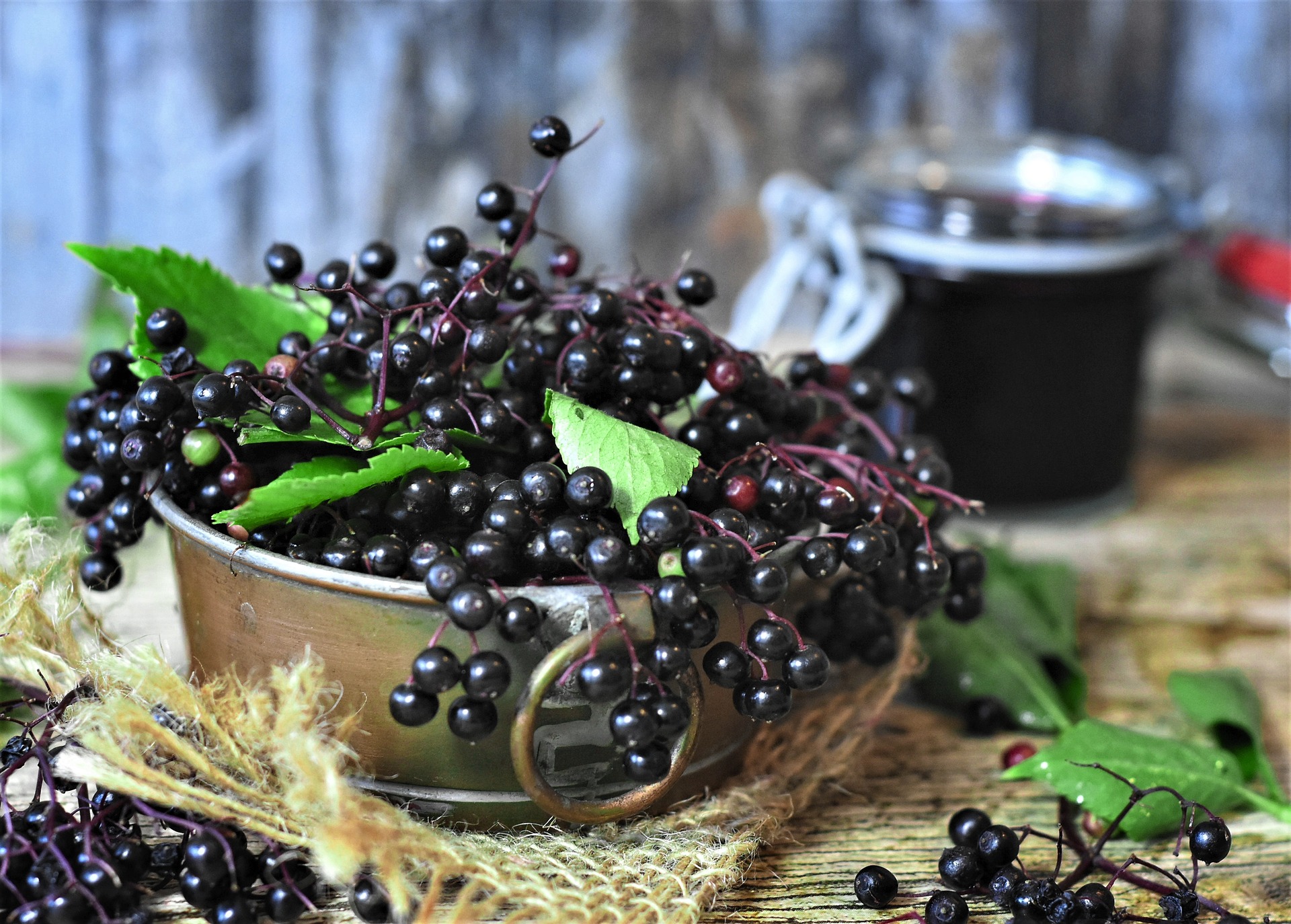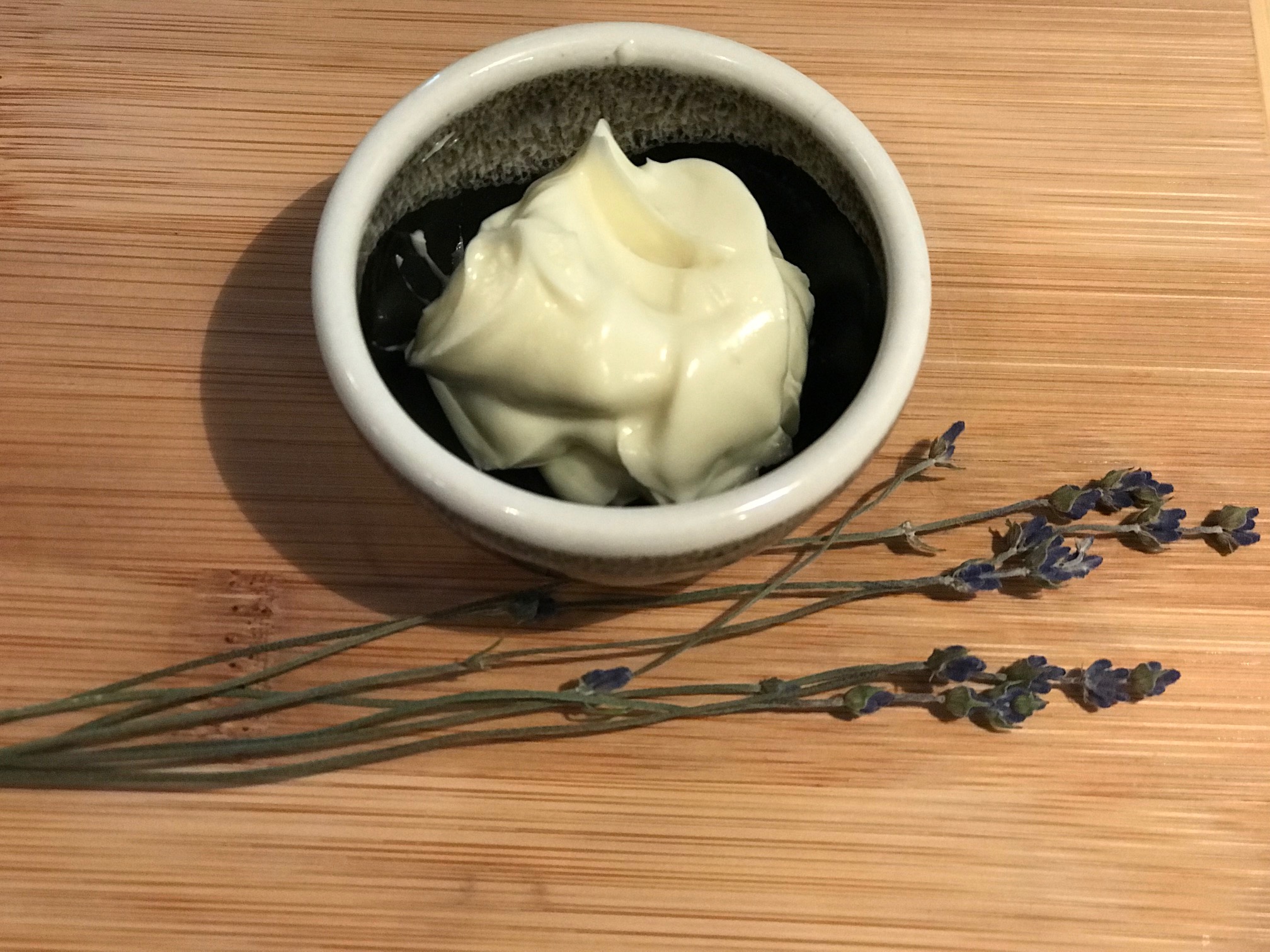Yarrow is one of my favorite flowers. It is a medicinal power house.
Yarrow is easily identified with its dark green fern-like leaves, tall stalks, and an umbrella arrangement of tiny little flowers with five petals and yellow stamen. In the wild, yarrow is typically white, although cultivated yarrow is white, yellow, and pink. Yarrow grows up to 3 feet tall. It is native to Europe and North America. My herbal mentor believes that even the cultivated varieties yield medicinal benefits, although I have only experimented with wildcrafted white-flowered yarrow from the Sierra Nevada.
Botanical name: Achillea millefolium
Family: Asteraceae (Aster)
Plant Taste: bitter, pungent, aromatic
Plant Energetics: harmonizing, grounding, speaking the truth
Parts Used: flowers, leaves, roots
Plant Properties: astringent, anti-inflammatory, antiseptic, diuretic, digestive aid
Plant Preparations: tea, tincture, poultice, infusion
Uses: bleeding, wounds, infections, fevers, varicose veins, hemorrhoids, erosion control
Folklore says that when the Greek hero Achilles was born, his mother held him by his heal and dipped him into a vat of yarrow tea to protect him from harm. In the end, Achilles died to a wound to his ankle where he was held by his mother and therefore not protected by the yarrow tea.
In the spring…
This is the time to collect the young leaves. Take a bite, chew a bit. Taste the astringent quality of yarrow.
Collect enough leaves to dry and grind into a fine powder. Yarrow powder mixed with distilled water makes a Nature Bandage for bleeding wounds. Add the finely ground powder to your first aid kit. Replace the Nature Bandage 3 to 4 times a day.
The leaves can be used in skin care. Collect young leaves and infuse in oil. Use the oil to make salves or rub into bruised skin or swelling from injuries. I use infused yarrow oil in my Foot Therapy. The infused oil can also help to protect the skin from wind and sun. Use in this sunscreen recipe. The leaves can also be added to a steam to help clear complexion
Make a tincture from fresh young leaves. The tincture can be used externally and internally to control bleeding from bleeding ulcers, nosebleeds, and hemorrhoids.
In the summer…
This is the time to make tea from the fresh flowers and upper leaves. Drink the tea to bring down fevers. I also dry enough flowers to make tea during the winter months in case of fever.
The flower is a diuretic.
In the fall…
The fall is the best time to collect roots, whether yarrow or any other plant. Thoroughly cleaned roots can be preserved in brandy to chew and apply to a toothache in the future. A tincture of the root can also be used instead to treat a toothache.
Essential oil and hydrosol…
The essential oil of yarrow is a beautiful blue color. The essential oil is an analgesic, anti-inflammatory, antioxidant, antispasmodic, antiviral, calming, carminative, digestive tonic, immuno-stimulant, liver supporter, and sedative.
Energetically, yarrow essential oil works with the 5th Chakra – speaking your truth.
The hydrosol is very affordable. Use the hydrosol in tea (1 Tbsp per 8 oz water) for a period of 21 days to aid in digestion and detoxification, help to digest fats. Use as a wash for bleeding wounds. Very useful to use on pets.
Flower essence…
Use yarrow essence to set boundaries or for those that are easily drained by others or the environment. Ann McIntyre says:
- “By ‘astringing’ the boundaries around a person and preventing their energy from ‘bleeding’ into their environment, it acts to strengthen and solidify the self, the essence, allowing and enhancing their ability to heal, teach, counsel or follow their chosen path.”



